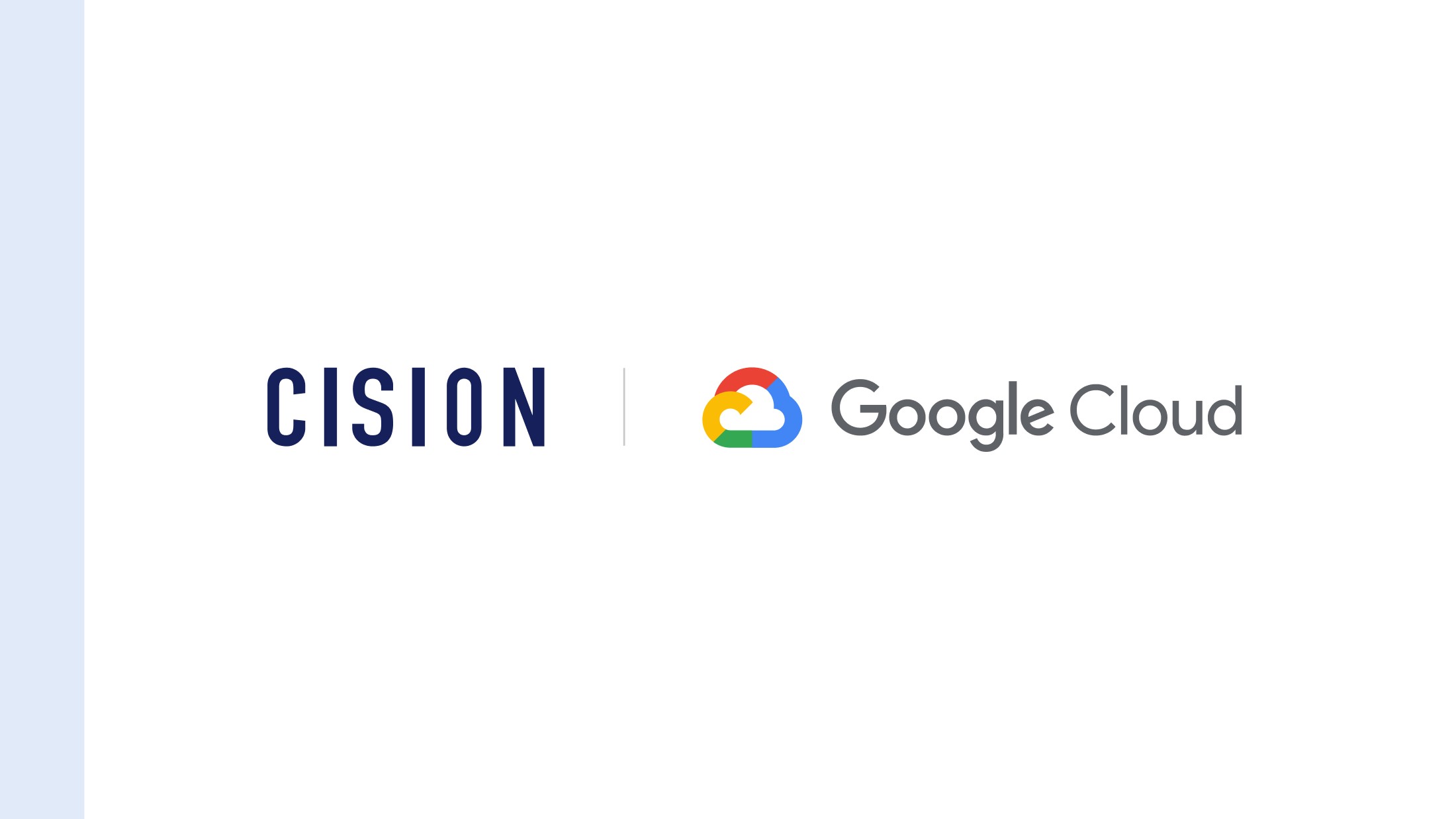The start of a new year is an opportune time to launch new messaging, plan PR budgets, look back on accomplishments and campaign results, and consider how to make a greater impact.
Given the tremendous evolution of the industry year after year, we asked some of our resident PR and communications thought leaders-whose expertise and backgrounds span content marketing, digital distribution, storytelling, technology, and analytics-about the trends, tools, and tactics they believe will shape the year ahead for the PR and corporate communications industry.

Which trends do you think will shape PR and communications in 2024?
“There will be a collision of social responsibility and AI adoption forcing us to develop ethical standards for how we use AI within marketing and communications to influence consumers. Micro- and macro-influencer marketing will continue to serve as partners to PR and comms teams. Their ability to influence action in real-time on platforms like TikTok will continue to surge, and brands will need to develop more robust strategies—and dedicate budget and resources—to keep up.” — Sarah
“AI has been a huge talking point across the industry for a while, but people are really starting to see practical applications for improving efficiencies, comms strategy and results. I think in 2024 we will only see these tools shape the industry further.” — Faye
“Artificial intelligence. And sustainability and social responsibility (but not necessarily leading with ESG). Continued rise of video content in communications and marketing.” — Glenn
“Artificial Intelligence will continue to be the most transformational force in almost every knowledge-based discipline. We’ll see more integrations of AI co-pilot–style features for content production, summarization, categorization, and extraction, but we’ll also start to see the benefits of AI autopilot products and features. Their accessibility and ease of use will radically increase engagement from practitioners who have knowledge and expertise, but lack the technical knowledge to build a product.” — Antony
“There are three big trends: The continued adoption/experimentation with AI; the convergence of earned, owned, and paid media; and the fight over copyright as publications and social networks aim to monetize their content sustainably. Also, the C-suite will be demanding that PR & comms teams are able to show the value they bring to a business, and as such teams will need to be able to show that through robust analysis.” —Barnaby
Which tactics do you think the PR and communications industry will rely on more in 2024?
“I don't think we've seen the peak of pop-up stores or activations yet. Following a long cycle of consumer behavior preference for e-commerce, we're seeing a fresh appetite for surprise-and-delight,, brick-and-mortar moments, as evidenced by mass retailers like Target partnering with niche, luxury brands to create in-store pop-up shopping experiences, and Bal Harbour Shops—a luxury shopping center in a suburb of Miami—kicking off a multi-city luxury shopping pop-up activation built within a shipping container environment..” — Sarah
“AI, but also data. Data is becoming ever more imperative in measuring the success of a comms strategy—and communications professionals aren’t only relying on traditional metrics like impressions to monitor success. Real engagement is key, and being able to measure this will become more of a requirement. Tactics like increasing multimedia and video content are key in achieving real engagement, and I believe PR and comms professionals will rely on these formats as standard to achieve their goals in 2024.” — Faye
“In press releases, we’ll see more third-party authoritative references / research / quotes in order to garner trust from media and consumers directly. There will be more use of AI: for inspiration on headline writing, for example.” — Glenn
“Due to the increased automation and efficiency gains in some parts of the communicator’s day-to-day work, they’ll be spending more time on value-add and strategic aspects of their roles. Increasingly spending time on setting objectives, demonstrating value and proving attribution to positive business outcomes as a result of their work. Communicators will get back to basics, spending more time on building relationships, providing internal counsel and advice and ensuring that humanity is prioritized and empathy is maintained throughout the communications mix.” — Antony
“Good communicators will ensure they’re delivering multi-channel campaigns that are able to meet their audiences where they are. Younger audiences (18–30) are increasingly social first; thus, to reach as broad an audience as possible, strategic comms will need to ensure they’re producing truly omnichannel content. Even outside of younger audiences, consumers are increasingly likely to engage with news from multiple sources, rather than going direct to a website. This means creating stories that engage audiences will be more important than where those stories are placed.” — Barnaby
Which tactics do you think the PR and communications industry will rely on less this year?
“Broad-stroke 'spray-and-pray' pitches. Journalists want to hear stories that are relevant to them, their media outlets, and their audiences. It will be more important ever for PR and communications professionals to be more curated and thoughtful in their outreach.” — Sarah
“With stretched budgets, companies are trying to do more with less. I think this will mean PR and comms professionals will need to think further outside their usual strategies, and explore new avenues for success. The humble press release will continue to be a mainstay for the industry, and with PR, comms, and marketing department – and budgets – becoming closer and more entwined, I think we will see less reliance on big budget, flashy projects. Instead, I think we will see a higher volume of lower-cost strategies, like quick-turn videos to boost results and make budgets go further.” — Faye
“‘Spray and pray,’ still a widely used tactic for trying to increase pickup will finally die in 2024. It’s an example of humans trying—and failing—to manage an infinitely variable problem. Who are all the journalists and / or influencers that might want to amplify our story right now? Any human given enough time could complete this task, but to be accurate the curation needs updating every time. It’s the same for personalization of content. It’s increasingly needed.” — Antony
“I would like to see PR and communications professionals rely less upon their ‘gut feeling’ or their sense of what the right approach is in isolation. Of course, experienced PR professionals will often make the right decision based on what they intuitively think is correct; however, in a quickly evolving world where news stories travel quickly, a more robust data-driven approach should be taken to ensure things are not being overlooked.” — Barnaby
What do you predict AI’s impact on the industry will look like in 2024?
“To say AI will be transformative is an understatement! We're already seeing how it’s supporting content creation, crisis detection, generating in-depth media insights—things that enable faster decision making and richer comms strategies. That's going to continue to increase as we further build AI generative solutions into our monitoring, measurement and analysis capabilities.” — Sarah
“AI’s impact will be huge—and not just in a scary way. There are so many positive and exciting applications that the industry can benefit from, but the most important thing is that we don’t lose sight of the importance of human control. AI is fascinating, but to rely too heavily on it could lead to misinformation and negative outcomes. Maintaining balance is vital.” - —Faye
“As with most industries, AI will be transformational, but perhaps even more so in PR and comms. We’re a largely text-based industry; we deal in language and the nuances of it all day long. So given that it’s large language models (LLMs) that are at the frontier, pushing the boundaries of what we thought AI is capable of, that obviously means a lot more opportunity, but also a lot more risk for our industry specifically. I think it’s up to us to decide how much we want to automate.” — Antony
“If I knew the answer to this, I’d be off building something! In the short term, there are tasks that AI can help speed up, such as writing first drafts of press releases, storyboarding campaigns, reading and summarizing hundreds of articles. We’ve seen these kinds of uses in different places in communications. However, the LLM models that most of these technologies are based on cannot create anything new. They are taking information, distilling it down and parroting it back. The hope is that with this support, creatives will have more opportunities to be creative and come up with truly innovative ways to communicate about their organizations.” — Barnaby
Navigating the Year Ahead: Next Steps
While no one can truly predict the future, industry change is inevitable, and experts know that if anything is certain, keeping the focus on value, impact and meaningful connections with target audiences will continue to drive success for communicators in the digital age.
Find out how Cision can help you stay ahead of the evolving PR & communications industry, stay ahead of trends and make an impact in 2024. Explore our all-new, all-in-one media intelligence platform, CisionOne, or schedule time to speak with one of our experts today.








